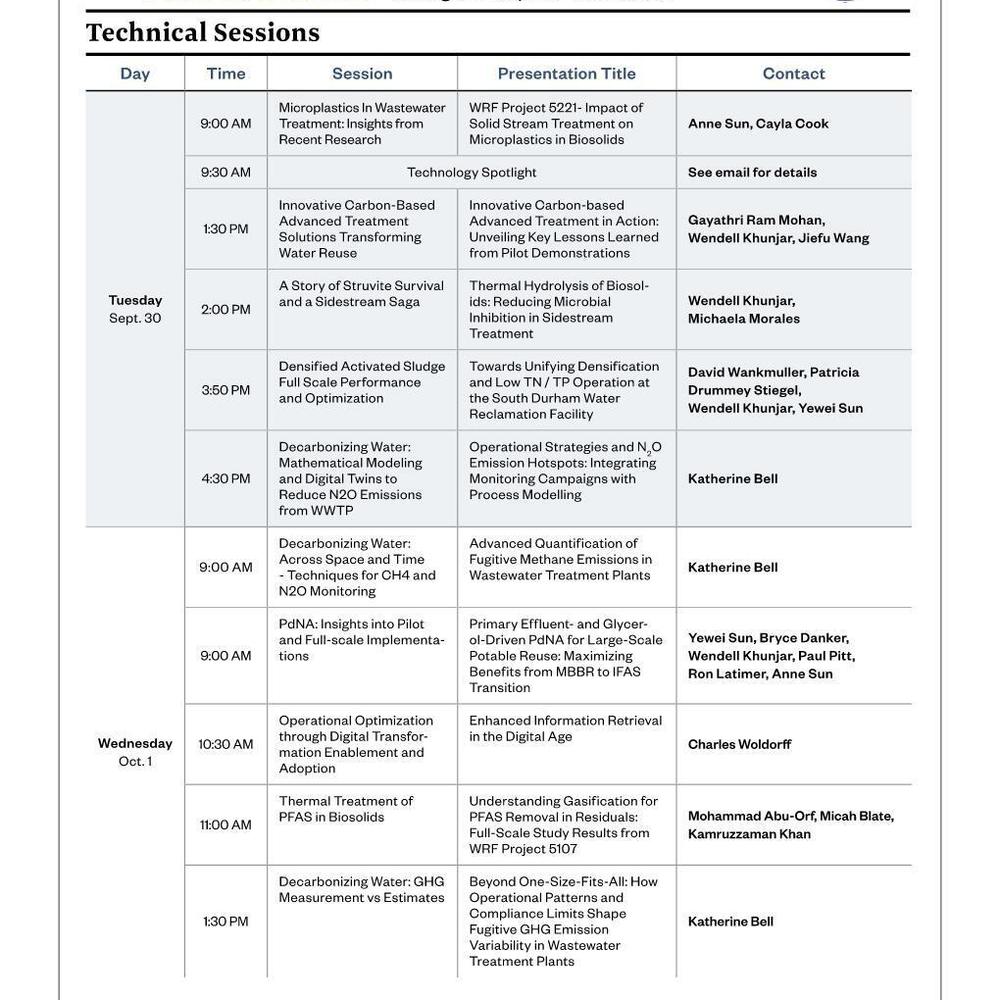An Integrated Approach for Managing PFAS in Drinking Water Facilities and WRRFs
Last Modified Jul 01, 2022
Developing a comprehensive strategy for managing PFAS requires an understanding of sources of PFAS, behavior of PFAS within drinking water and conventional WRRFs unit processes and availability of treatment technologies that can provide terminal treatment. This work will provide insights into how drinking water facilities and WRRFs are utilizing a combination of source control, and terminal liquids and biosolids treatment technologies to address PFAS.
At Utility A, a comprehensive evaluation of PFAS sources is being completed at a WRRF. This work included developing a contribution analysis to identify and rank potential PFAS contributors in the collection system. An extensive sampling event is currently underway. A combination of TOF, non-targeted, and targeted analysis will be used to quantify the masses of PFAS from dischargers.
At Utility B, a water treatment facility utilizing conventional treatment with MIEX was monitored for PFAS removal performance. This case study demonstrates the effectiveness of reducing PFOA and PFOS in finished water using GAC, however further assessment is needed to determine the removal efficiencies for short chain PFAS as well as efficacy in treating WRRF secondary effluent to assess potential long-term goals.
At Utility C, an ongoing project is identifying sources of PFAS to the WRRF, short-term mitigation and long-term strategies for managing PFAS in the produced biosolids. In the long-term, emerging technologies like gasification, pyrolysis, hydrothermal liquefaction, super critical water oxidation show the most promise to reduce or virtually eliminate PFAS concentrations in biosolids.











